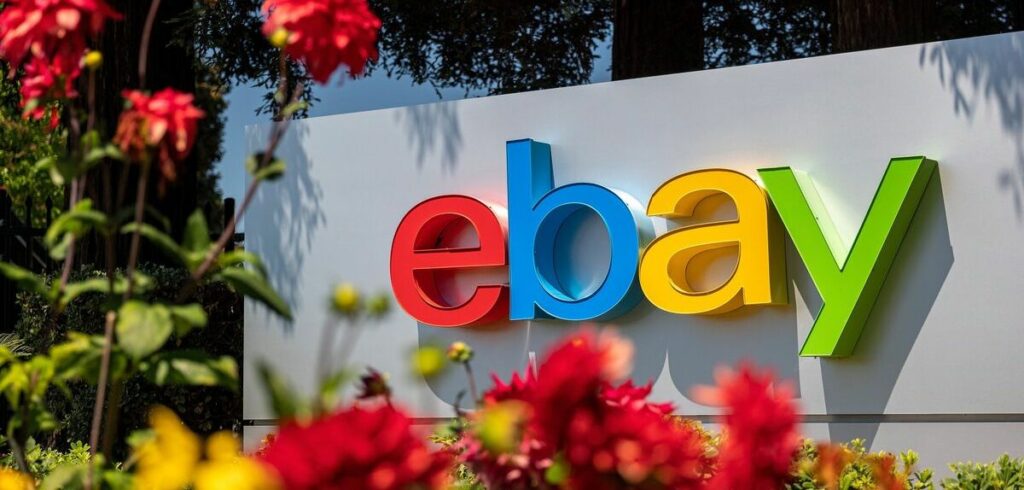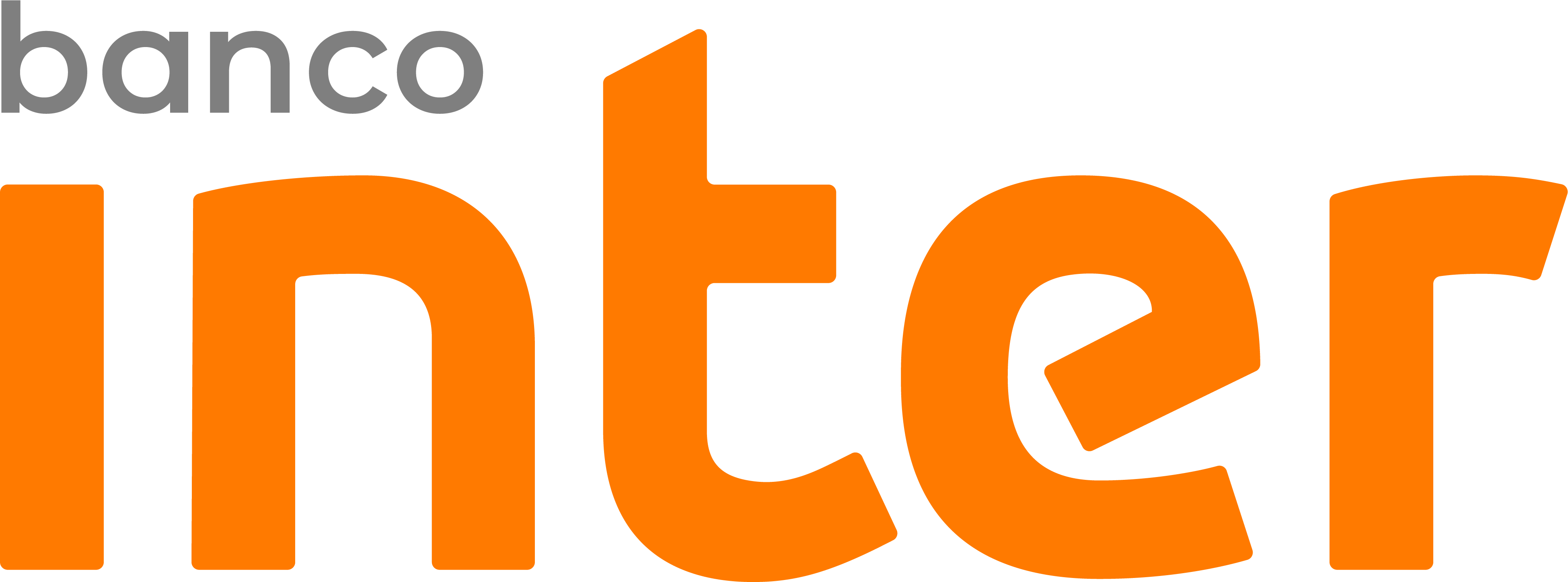eBay, a renowned e-commerce platform, has carved a niche for itself in the global online marketplace industry with its unique business model and revenue strategies.
eBay’s growth trajectory has been nothing short of remarkable, with its platform connecting millions of buyers and sellers across the globe. In this blog, we delve into the monetization strategies of eBay, its diverse revenue sources, and key takeaways from the successful eBay revenue model.
Introduction to eBay Revenue Model
eBay’s business strategy revolves around creating a marketplace where buyers have access to a wide array of inventory from around the globe while sellers have the luxury to reach out to eBay’s extensive customer base. The company’s pricing strategy is designed such that eBay profits when its sellers do.
The focus is on leveraging technology to enhance the marketplace experience, drive growth in Gross Merchandise Volume (GMV), and increase revenue growth through managed payments and advertising initiatives.
It is primarily a platform business model, with its core being the marketplace where buyers can bid on items or purchase them directly from sellers. eBay makes money mainly through fees on successfully closed transactions, payment processing, and first-party advertising.

A Breakdown of eBay Revenue Model
eBay earns revenue via several streams such as fees from sellers, advertising, and partnerships with other companies. The revenue sources can be broken down primarily into two significant segments: Transaction Revenue and Marketing Services and Others.
Transaction Revenue
This is the primary revenue stream for eBay which can be further divided into two significant parts: Final Value Fees and Insertion Fees.
Final Value Fees: Once an item is sold on eBay, the company charges a final value fee on the total amount of the sale. It is calculated as a percentage of the total sale price, which usually ranges from 10% to 12.35%, depending on the category of the item. The final value fee is eBay’s most significant revenue source.
Insertion Fees: eBay allows sellers to list a limited number of items for free every month. However, if a seller exceeds this limit, they are required to pay an insertion fee for each additional item listed. The fee varies depending on the product category and the seller’s store subscription level.
Marketing Services
This is the secondary revenue stream for the eBay revenue model and encompasses advertising, classifieds, and third-party payments.
Advertising: eBay generates revenue from advertising on its platform. This includes both display and search advertising. Sellers can pay for sponsored listings to improve their products’ visibility, and external advertisers can pay to display their ads on eBay’s large user base.
Classifieds: eBay operates several classifieds websites around the world. These platforms generate revenue through advertising and paid promotions.
Third-party Payments: eBay also earns a small amount of revenue from third-party payment processing. When buyers use payment methods like PayPal or credit cards, a small processing fee is charged.
eBay’s revenue model is a diverse mix of transactional fees and advertising revenues. It effectively utilizes its platform’s massive reach and varied user base to generate income from multiple streams, ensuring its long-term sustainability and growth.

Key monetization strategies and channels of eBay
eBay’s Value Propositions
For buyers, eBay offers an expansive inventory at competitive prices, multiple delivery options, and a money-back guarantee. For sellers, eBay provides the choice to list products through fixed-price listings or an auction-style format, insights on optimal listing and pricing, and promoted listings.
eBay’s Business Channels
eBay’s channels include the eBay website and mobile app, search engine results, email marketing, social media advertising, affiliate marketing programs, and partnerships with other companies.
Customer Relationships at eBay
eBay’s customer relationships include customer support and service, user reviews and ratings, social media, community forums, subscription services, loyalty programs and rewards, and personalized product recommendations.
eBay’s Key Resources and Activities
eBay’s key resources include its user-friendly platform, secure payment processing system, data and algorithms, intellectual property, and a team of employees with expertise in e-commerce, technology, and customer service.
The company’s key activities involve maintaining and improving its platform, processing payments, providing customer support, and managing relationships with subsidiaries and partners.
eBay has devised an effective revenue model that primarily hinges on three key monetization strategies: fees collected on paid sales, payment processing, and first-party advertising.
Commissions: eBay’s core business model revolves around the collection of fees on paid sales. This strategy operates on a platform business model, where the platform acts as an intermediary between buyers and sellers.
According to the model, eBay charges a listing fee to the sellers for showcasing their products on the platform. Once a product is sold, eBay collects a final value fee, which is a certain percentage of the final sale price. This dual-fee system forms a significant portion of eBay’s revenue.
Payment processing fees: Payment processing forms another critical part of the eBay revenue model. eBay facilitates seamless transactions between buyers and sellers worldwide, handling everything from currency conversion to fraud protection.
For providing these services, eBay charges a certain fee. This fee is usually a small percentage of the transaction amount; this fee is calculated as a percentage of the total amount of the sale, plus $0.30 per order. Thus, every transaction that takes place on eBay’s platform contributes to its revenue.
Advertising revenue: Lastly, first-party advertising is another crucial monetization strategy that eBay employs. Sellers on eBay can opt for promotional listing services to enhance their product visibility. eBay bills the sellers for these advertising services, thereby generating additional revenue.
Moreover, eBay also partners with various businesses to display their ads on its platform. This not only increases the visibility of these businesses but also adds to the eBay revenue model.
Conclusion
By combining transaction fees, advertising, and subscription services, eBay has architected a multi-faceted revenue stream that both sustains and fuels its growth. eBay’s emphasis on creating a diverse, vibrant marketplace has empowered countless businesses and individuals worldwide, making it a significant player in the global ecommerce landscape.
The platform’s recent ventures into artificial intelligence and machine learning present exciting opportunities for further innovation and growth. By leveraging these technologies, eBay can refine its personalized shopping experience, enhance seller services, and implement more effective advertising strategies, thus driving even higher revenues.
As we look ahead, eBay’s commitment to adapt, innovate, and diversify its revenue streams offers valuable lessons for other e-commerce platforms vying for a share of the global marketplace.












